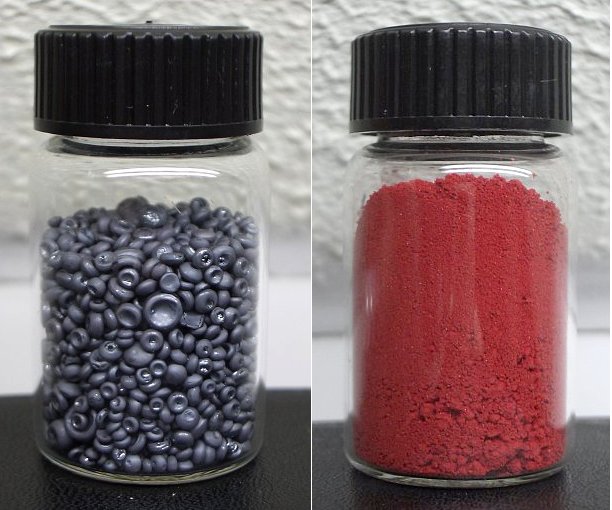
Selenium
- December 22, 2020
- Posted by Dr. Vaidya Karanvir Singh
- 0 Comment(s)
Selenium is a chemical element whose atomic number is 37. In nature it is rarely found in its element form.
The atomic weight of selenium is 6.49 . Its 4 permanent isotopes and two radioactive isotopes are known. It is widely found on the planet, but in very small quantities. It does not get independent. It is found in seleconide of heavy metals in an unsymmetrical state and in many minerals with sulfur in general, especially Japanese sulfur. Selenium is derived from free minerals as a by-product.
Selenium has many forms. It is stable in glass form, monoclinic crystalline form and hexagonal crystalline form. Blood is obtained from glassy cilinium, blood acrystalline cilinium, solid cilinium from orange to blood cilinium, and metallic cilinium of gray color. The solubility of these different forms varies from carbon disulfide. Acrystalline Selenium (relative density 6.7), melting point 220 ° C, Ekat Selenium (c. 6.7) melting point 200 ° C, Selenium evaporates at 90 ° C .
PRODUCTION :- In the refinement of copper, the slime obtained or the chimney dust which is obtained by the emission of sulfides of metals contains and is obtained from the same. Selenium is obtained by melting subcutaneous with sand and sodium nitrate, or by oxidizing with nitric acid, oxidizing chimney dust with nitric acid, extracting water from water, and treating the extract with hydrochloric acid and sulfur dioxide, Selenium is volatile. Heating in the air burns with a blue flame to produce selenium dioxide.
USES :-
The highest amount of Selenium is used in the manufacture of glass. It replaces manganese to remove the color of glass. The presence of iron removes the green color of glass from it. Due to the high amount of selenium, the color of glass is of clean blood color, which has been proved very useful in signal lamps. The use of cilantium in place of sulfur has proved beneficial in the manufacture of special types of rubbers.
The electrical resistance of selenium is changed by the effect of light. Later it was seen that in normal electric introduction, electric current is generated by residing the selenium metal and keeping it in light. Due to this property, it has been used in light-cell. The cell consists of copper, aluminum and brass etc. at the back, a thin cilium metal casing is mounted on it and then covered with a gold translucent layer, the bottom of the gold is protected by a transparent filter. Such light is used in electric cell meters, photographic electrical colorimeters and other devices from which light is measured.
There are enamel glazes and pigments from Selenium. Cadmium sulfo-silinide is a beautiful red pigment and is used as a glass. Many alloys are made of small quantities of selenium. Inserting scant selenium in stainless steel and copper alloys works well on its machine. Selenium and its compounds also behave as catalysts. Ferrous sellenite is used in the combustion of petroleum. Selenium is also a fungus and insecticide. It has toxic effects on humans and animals. Plants grown in soil containing selenium have proved to be toxic. Eating such fodder causes the tail and head hair of the horses to fall and their hoofs grow unnaturally. It is deposited in human lungs, orbital, renal or spleen. It can also cause dermatitis and can have fatal consequences. Its toxic effect is suppressed by arsenic.
chemical properties
Selenium is similar to sulfur and tellurium in forming compounds. It forms oxides, fluorides, chlorides, bromites, oxychlorides, silinic acids and their salts, and many aliphatic and aromatic organic compounds.

Dr. Vaidya Karanvir Singh is the younger Vaidya in Chandigarh Ayurved & Panchakarma Centre. He is the fourth generation in his family who is practicing as a general consultant in Ayurved & Panchakarma treatment at Chandigarh. In his practice, he had treated more than 1 Lakh Plus patients worldwide.

